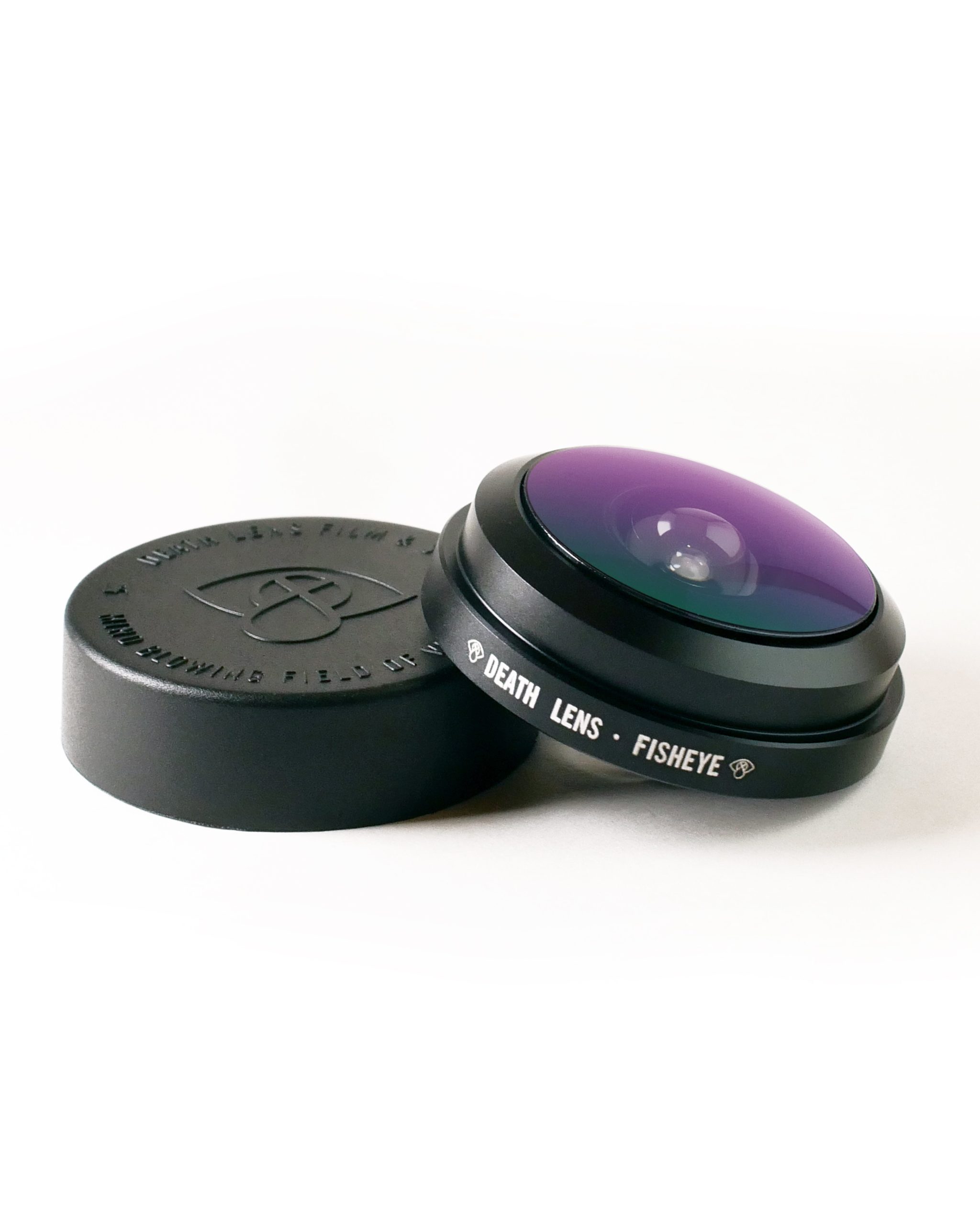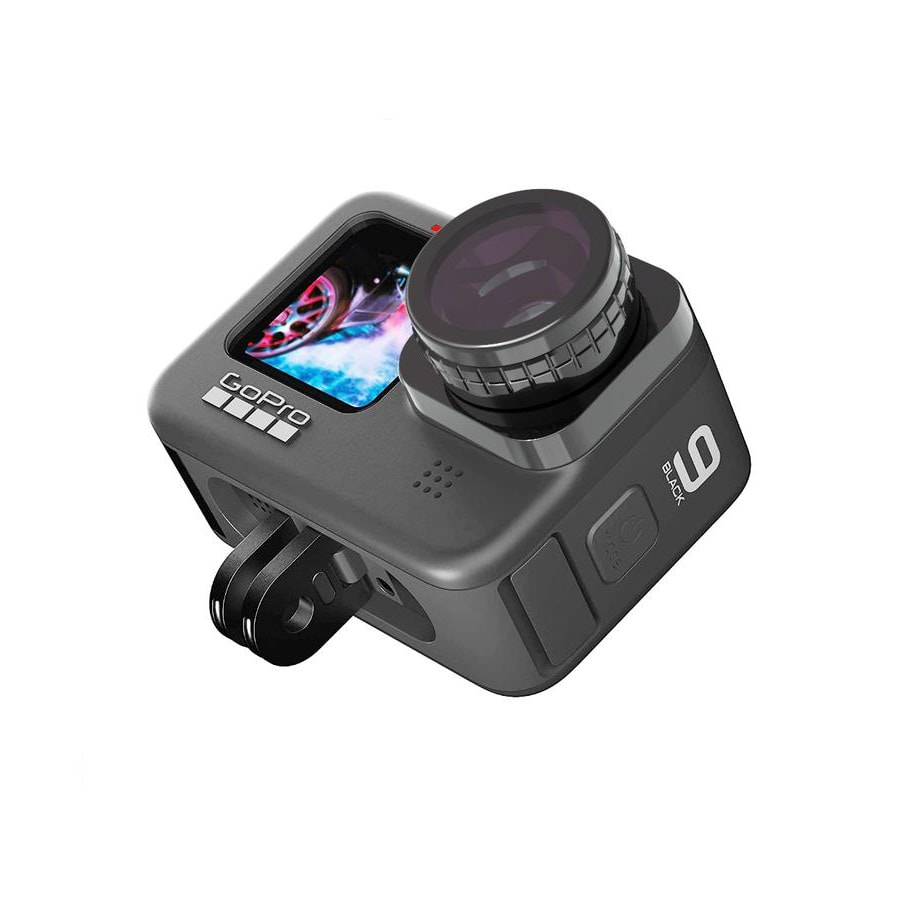


This patient was very fortunate - she could have lost her vision, scratched her cornea, or gotten an infection. This can be really dangerous for the patient These are light, flimsy lenses and should not be used for more than 24 hours. Optometrists from South America, Mexico, and Europe were using the video to educate people about making sure they take their daily contact lenses out of their eyes every single night. I posted the video of the examination, and it went viral straight away. Some of them were yellow and some light blue, because while the natural color of a contact lens is light blue, the stain I put in her eyes to examine had colored some of the lenses yellow. Laying out the contacts on a tissue, I separated each one with fine-tip forceps and counted 23 contact lenses. The patient couldn't believe it either and asked if I was sure about the number I was counting.Īfter we had removed the biggest blob, we retrieved a few more from the corners, carefully flushed her eye out with distilled, sterile water, removed some of the mucous, and sent her home with anti-inflammatory drops. Katerina Kurteeva She felt better almost immediately The patient's eye with most of the contact lenses removed.

Pulling them out, I felt like I could still see more and asked my assistant to get my phone to record the removal. When I asked her to look down, I could see the edges of a couple of contacts stuck to each other. To continue my investigation, I used an instrument called an eyelid speculum that would keep both the upper and lower lid open at the same time for a longer period of time, so I could freely use my hands to find out what was going on. I didn't see much - just a little bit of mucous, which could be a natural response to irritation. These are the deep corners of the eye, like little pockets of the eyelid, where things occasionally get stuck. I couldn't see anything on the cornea from the initial examination, so I proceeded to manually pull on the lower and upper lids to see if there was anything in the upper or lower fornix. To start, I used an anesthetic and a yellow stain to identify any scratches or foreign bodies. I checked for scratches or foreign objects I'd only know for sure once I did the examination. My mind jumped to the possibilities of what it could be: a piece of broken contact lens, a scratch on the cornea, an infection, an eyelash, or debris from makeup. Although her vision was blurry, it was the pain that bothered her most. Even though we ask seniors to come in once a year for checkups, this woman had skipped appointments and hadn't been to the office in two years.


 0 kommentar(er)
0 kommentar(er)
